What an incredible cruise. We got our first look at the majority of the Phoenix Islands. Yes, these had been known for centuries by the I-Kiribati and other explorers, but no one had yet seen the largest part of these islands, atolls, and seamounts – the flanks of the massive, 80-million-year-old volcanoes that lie beneath the surface.
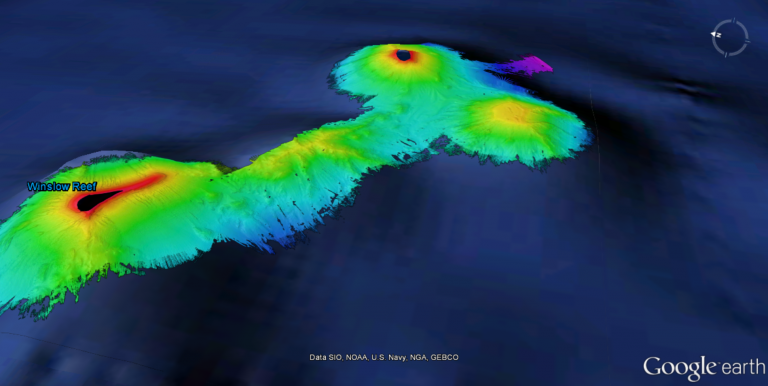
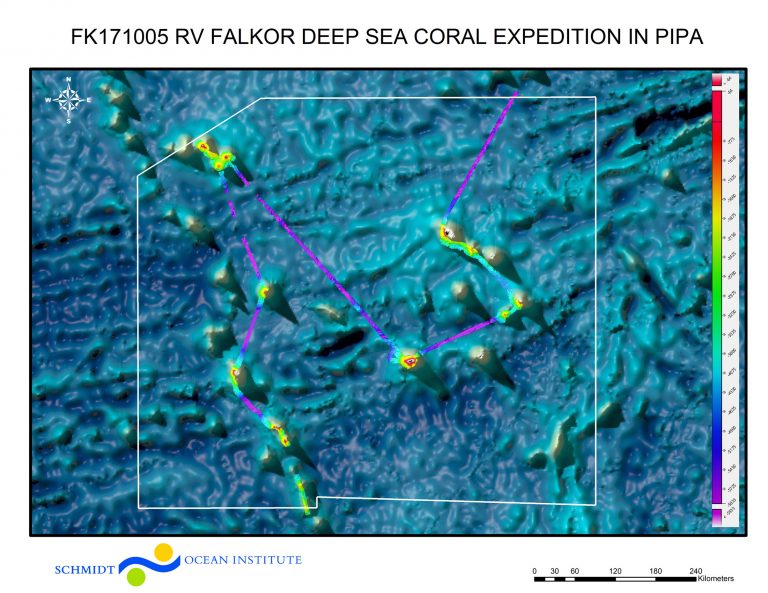
Introductions to Life
We have now gotten to know these habitats and the amazing creatures that dwell there. The spectacular corals of all shapes, sizes, and colors. The giant whorls of the Iridogorgia, the yellow and purple sea fans, and the pink and yellow stony corals that form habitat for a great diversity of animals. We have now seen the squat lobsters, shrimp, and brittle stars that make their homes in these corals and the seastars and snails that prey upon them. We have seen the juvenile octopus playing among the corals and the adults resting on the large coral colonies. We have gotten to know our playful and ever-present friends the Oreo fish, and the variety of sharks that patrol these waters.
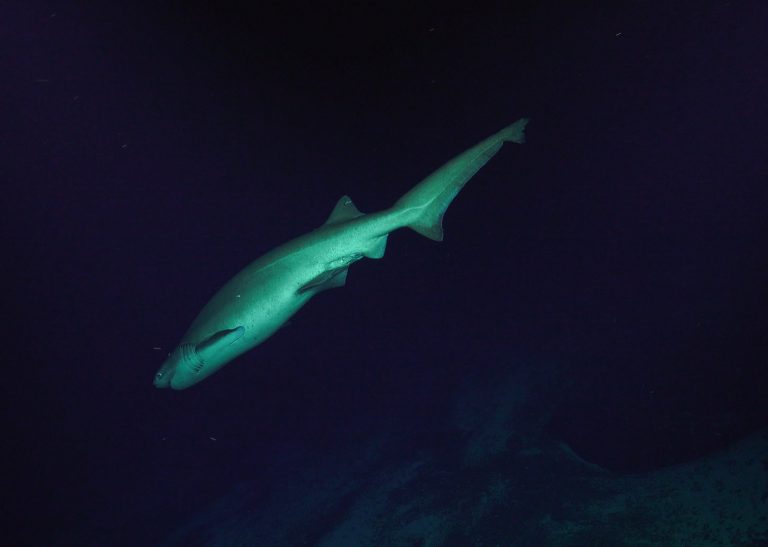
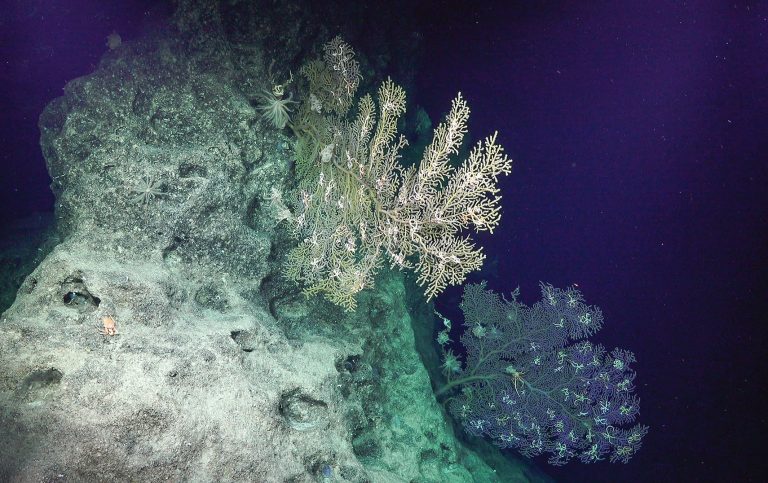
Clues to Questions
In all, we collected over 400 samples of animals, sediment, and water that will help us understand these habitats even better. How many of these species are new to science? How closely tied are the crabs to the corals? How often are the corals preyed upon? How low is the pH and how difficult is it for these corals to grow? Are there microplastics at these depths in these pristine waters? These questions will take us years to answer once we are back in the lab.
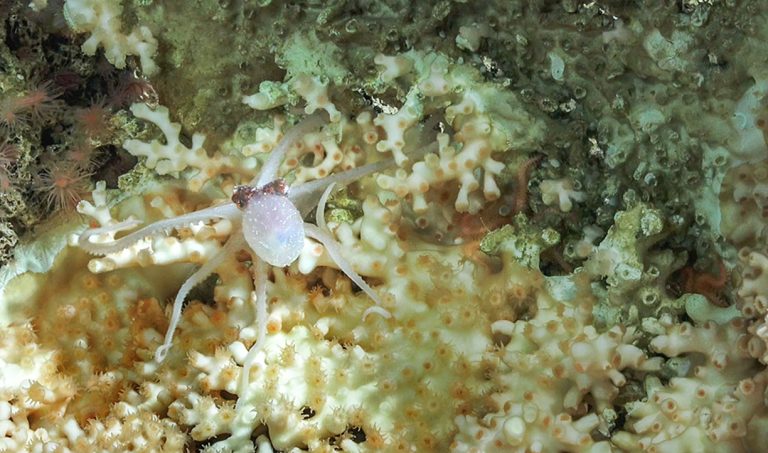
A Baseline
But there is one thing we know immediately. All of this information will help provide the best possible science to guide the management of the Phoenix Islands Protected Area. PIPA is the largest and deepest UNESCO World Heritage site on earth, and it was the first large MPA to include substantial deep water habitat in its boundaries. As of Jan 1, 2015, PIPA became fully closed to all extractive and commercial activities (with the exception of a small sustainable use zone around Kanton), generating an ideal space to ask questions about ecological baselines and species distribution. The major contributions of this cruise include maps of all of the seamounts that we visited and an inventory of species, distributed by depth, that will help to inform conservation and management goals.
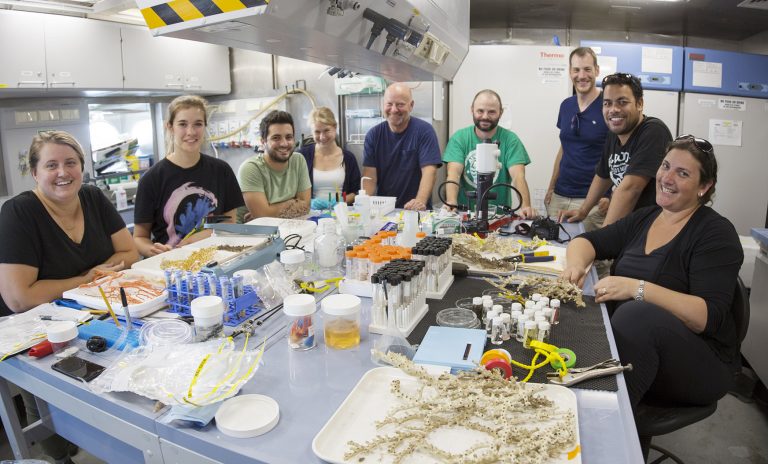
The Finish of This Beginning
In the end, we have discovered a world below the waves that was entirely unknown. None of this would have been possible with the support of the NOAA Office of Ocean Exploration and Research and of course the Schmidt Ocean Institute and the wonderful people on the R/V Falkor and the ROV SuBastian that made all of this happen. The nation of Kiribati welcomed us to their waters and we hope that we have been able to repay them with the information that they need to manage these beautiful and pristine habitats. We also hope that this is not the last trip to the deep sea in PIPA – I cannot wait for the next adventure to test all of our new ideas about the Deep Corals of PIPA.

